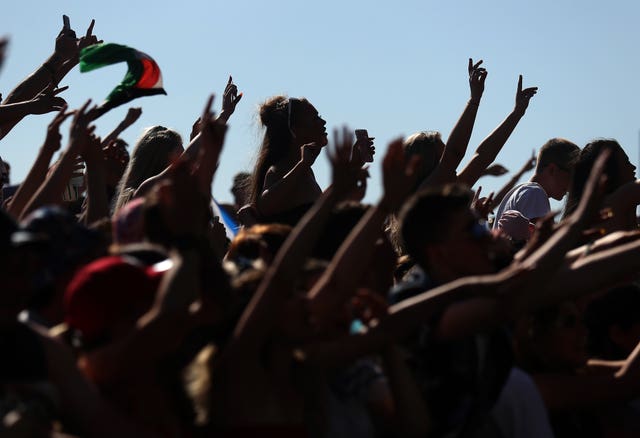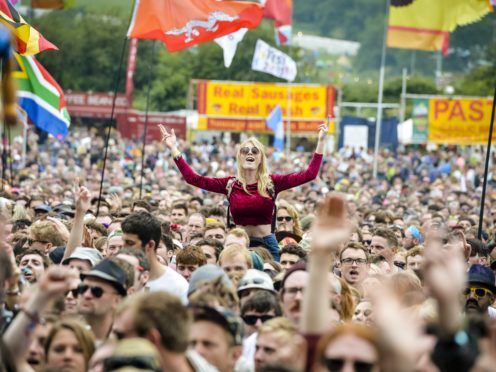The chief executive of a major music royalty collection society has said she does not expect the live music industry to return until “at best” the end of 2020.
PRS For Music’s Andrea C Martin said the coronavirus pandemic could prompt music fans to become wary of concerts where social distancing was difficult or impossible.
She also suggested the increasing popularity of online gigs might contribute towards drawing listeners away from live music venues.

Ms Martin told the PA news agency: “In two or three months’ time, it’s still going to be very hard. It’s quite clear that live will be at best at the end of this year.
“It’s not just the Government. It’s also consumer behaviour.
“The new normal as we get out of this will not be the same. People are now much more into a digital world.
“Will people want to go into the O2 and not be able to have that social distancing? How people are engaging with music will evolve – has changed and will change.
“I think there are new ideas that are going to come out of this.”
Ms Martin said the Government’s exit strategy for lockdown was “not clear” to her.
Referring to the Government’s decision to extend the furlough scheme until October, she said: “We are happy that the Government is doing that. We are going to see.
“It’s not clear yet, for me, exactly what is the coming out strategy, as far as the Government is concerned.”
She added: “Furlough is going to help our employees…but what does that do to the music industry?
“The composers and the songwriters. Does it really make a difference? No it doesn’t.
“The scheme about the independent (employees) and up to £30,000 – that could help. But as I say, it’s only about 50 to 60% of our members.”
The government Self-Employment Income Support Scheme is now open.
Use the online checker to find out if you can make a claim > https://t.co/CKWfCtWOXz pic.twitter.com/VsJDPNzo00
— PRS for Music (@PRSforMusic) May 13, 2020
PRS For Music – which represents more than 145,500 songwriters, composers and music publishers – pays out royalties when their music is streamed, downloaded, broadcast or played in public.
It collected a record £810.8 million on behalf of its members in 2019, a year-on-year increase of 8.7% (£65 million).
International royalty income continued to be the largest revenue stream for members, with £278.7 million collected through reciprocal agreements with societies around the world.
This is a small decrease of 1.1% (£3.2 million) on 2018, but a 33.6% growth over a five-year period.
World tours and global chart success from PRS members including Ed Sheeran, Sir Elton John and the Rolling Stones helped fuel this.
Royalties generated from online platforms, including downloads, online video games, and streaming services such as Spotify and Apple Music, saw the most significant increase at 24.2% (£34.9 million) to £179.1 million.
Alongside the PRS Members’ Fund and PRS Foundation, PRS For Music has launched an emergency relief fund, allocating grants to those affected by the outbreak.
